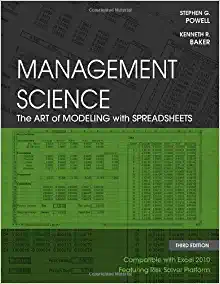Question
Imagine you are a provider of portfolio insurance. You are establishing a four-year program. The portfolio you manage is currently worth $50 million, and you
Imagine you are a provider of portfolio insurance. You are establishing a four-year program. The portfolio you manage is currently worth $50 million, and you promise to provide a minimum return of 0%. The equity portfolio has a standard deviation of 25% per year, and T-bills pay 4.2% per year. Assume for simplicity that the portfolio pays no dividends (or that all dividends are reinvested).
a-1.What percentage of the portfolio should be placed in bills?(Input the value as a positive value. Round your answer to 2 decimal places.)
Portfolio in bills%
a-2.What percentage of the portfolio should be placed in equity?(Input the value as a positive value.Round your answer to 2 decimal places.)
Portfolio in equity%
b-1.Calculate the put delta and the amount held in bills if the stock portfolio falls by 3% on the first day of trading, before the hedge is in place?(Input the value as a positive value. Do not round intermediate calculations. Round your answers to 2 decimal places.)
Put delta%Amount held in bills$million
b-2.What action should the manager take?(Enter your answer in millions rounded to 2 decimal places.)
The manager mustbuy or sell about ?$m
Using the black-shoes formula
and whereC0
=
Current call option value.
S0
=
Current stock price.
N(d)
=
The probability that a random draw from a standard normal distribution will be less thand. In Excel, this function is called NORMSDIST( ) or NORM.S.DIST( ).
X
=
Exercise price.
e
=
The base of the natural log function, approximately 2.71828. In Excel,excan be evaluated using the function EXP(x).
=
Annual dividend yield of underlying stock. (We assume for simplicity that the stock pays a continuous income flow, rather than discrete periodic payments, such as quarterly dividends.)
r
=
Risk-free interest rate, expressed as a decimal (the annualized continuously compounded rate7on a safe asset with the same maturity as the expiration date of the option, which is to be distinguished fromrf, the discrete period interest rate).
T
=
Time remaining until expiration of option (in years).
ln
=
Natural logarithm function. In Excel, ln(x) can be calculated using the built-in function LN(x).
=
Standard deviation of the annualized continuously compounded rate of return of the stock, expressed as a decimal, not a percent.
Step by Step Solution
There are 3 Steps involved in it
Step: 1

Get Instant Access to Expert-Tailored Solutions
See step-by-step solutions with expert insights and AI powered tools for academic success
Step: 2

Step: 3

Ace Your Homework with AI
Get the answers you need in no time with our AI-driven, step-by-step assistance
Get Started


